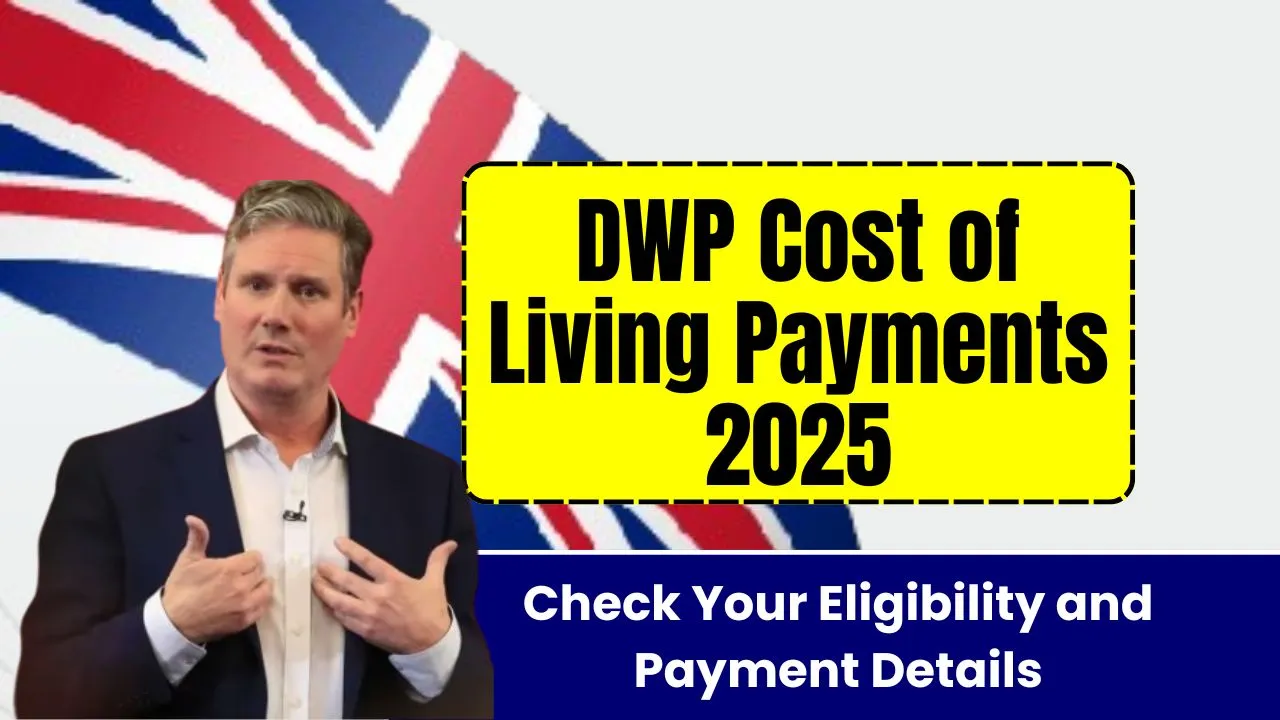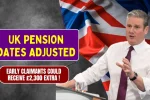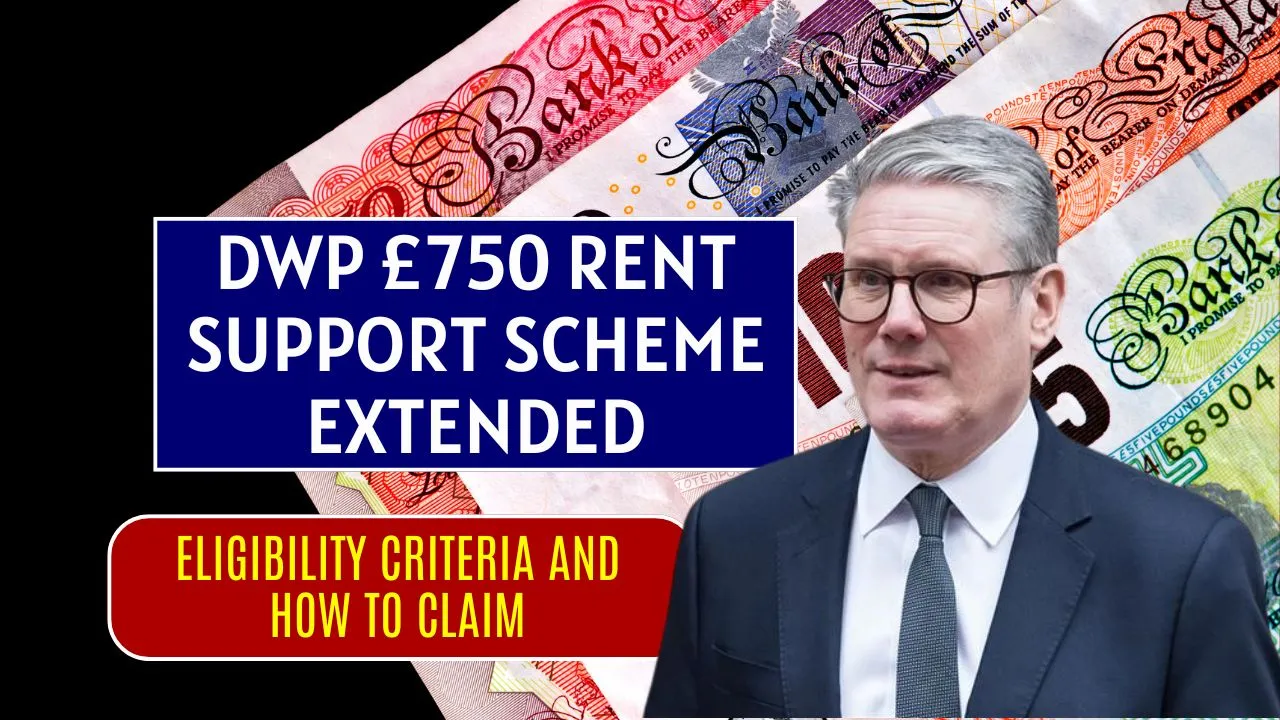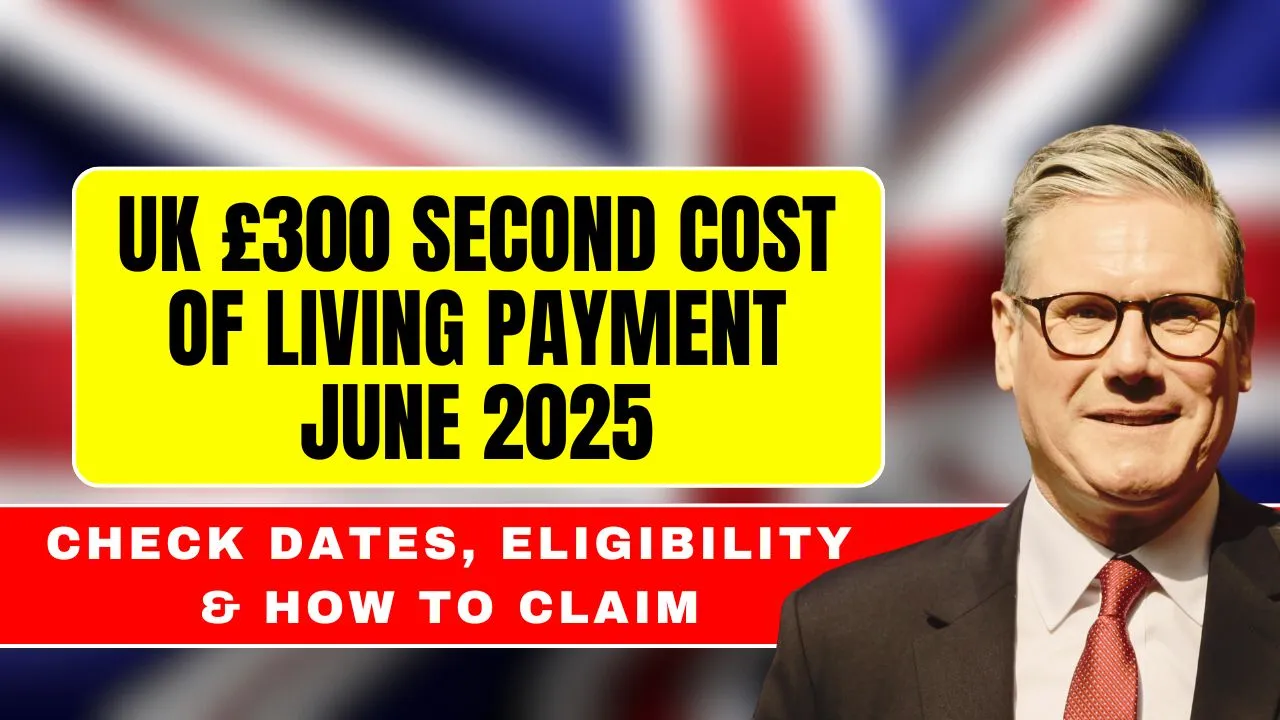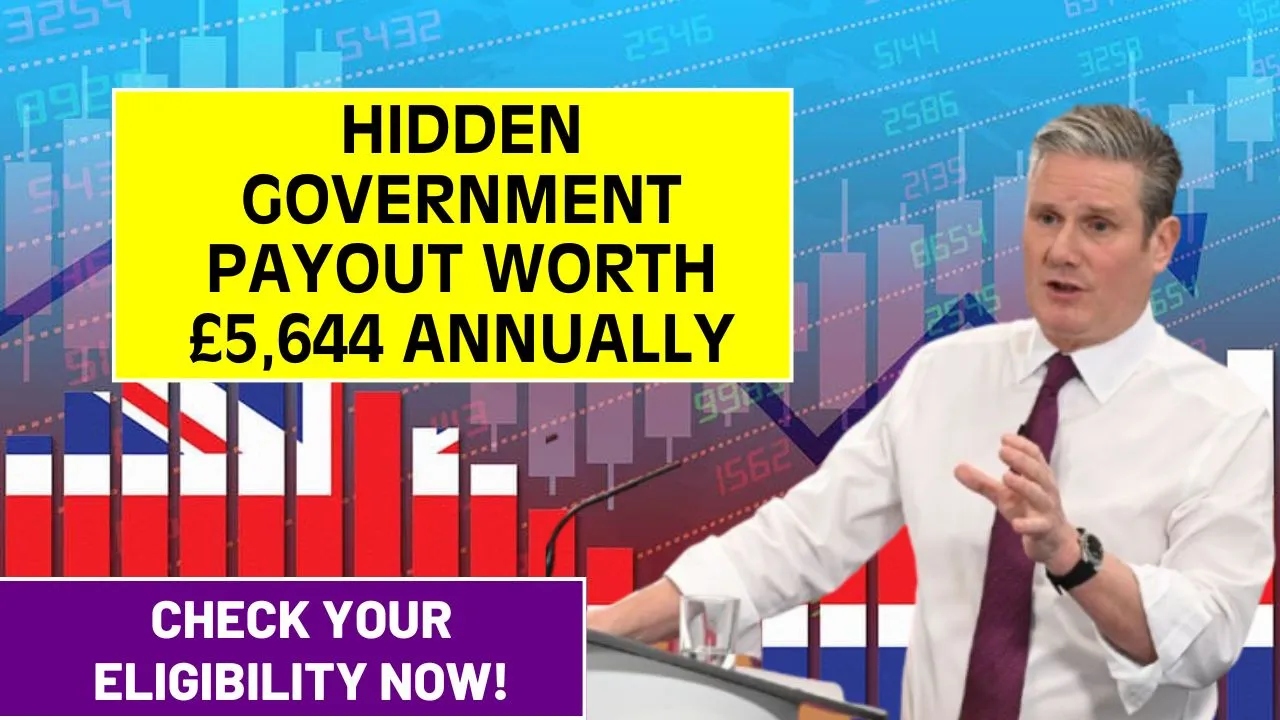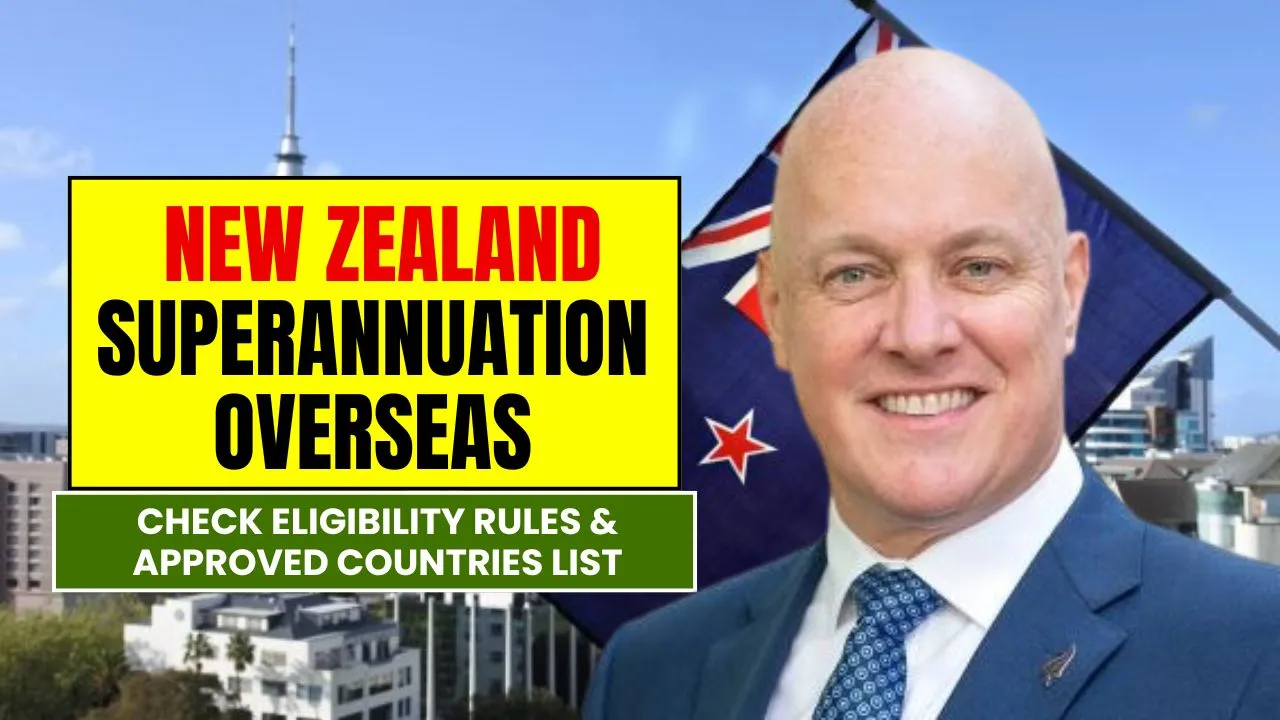DWP Cost of Living Payments 2025: As living expenses continue to climb across the UK, many households are feeling the pressure. From energy bills to food costs, the impact of inflation is widespread. To support those hit hardest, the Department for Work and Pensions (DWP) has introduced new Cost of Living Payments for 2025, ranging between £301 and £500. These payments are aimed at helping low-income families, pensioners, carers, and disabled individuals manage essential living costs.
The DWP Cost of Living Payments 2025 are structured in three phases across the year and will be delivered automatically to eligible claimants receiving certain benefits. This means no extra forms or applications—just timely support to help ease the financial load. Below, we cover the payment breakdown, eligibility criteria, key timelines, and everything you need to know to make sure you don’t miss out.
DWP Cost of Living Payments 2025
These new payments are part of a wider government plan to soften the blow of rising living costs. Eligible households can receive up to £500 spread across three payment phases during the year. The goal is to support people throughout the year, especially during periods when expenses peak.
Overview Table: DWP Cost of Living Payments 2025
| Phase | Period | Payment Amount | Purpose |
| Phase 1 | March – May 2025 | £301 | Help with post-winter energy and basic costs |
| Phase 2 | July – August 2025 | Up to £200 | Mid-year top-up for rising summer costs |
| Phase 3 | October – December 2025 | Final total to £500 | Final relief as autumn/winter expenses increase |
Phases
The DWP Cost of Living Payments 2025 are being released in three key phases. This schedule is meant to match the seasonal nature of expenses—winter heating, summer cost spikes, and autumn increases in energy and food prices.
- Phase 1 (March to May) delivers £301 to help households recover from winter expenses.
- Phase 2 (July to August) includes an additional payment of up to £200 for extra support during mid-year.
- Phase 3 (October to December) completes the total package, bringing the full amount up to £500.
The timing ensures that support is spaced out and aligned with when people need it the most.
Eligibility
To qualify for these payments, you must have been receiving one of the following benefits during the eligibility assessment periods:
- Universal Credit
- Income Support
- Pension Credit
- Income-based Jobseeker’s Allowance (JSA)
- Income-related Employment and Support Allowance (ESA)
- Housing Benefit
- Working Tax Credit or Child Tax Credit (if meeting conditions)
If you were receiving any of these during the qualifying dates, you will automatically receive the payments. No application is necessary, and you don’t have to fill out any forms.
Special Groups
Certain groups are entitled to extra support due to their unique needs. If you fall into one of these categories, you may qualify for enhanced payments:
- Disabled individuals receiving Personal Independence Payment (PIP), Disability Living Allowance (DLA), or Attendance Allowance
- Carers supporting someone with a disability or long-term illness
- Households with medical equipment that increases energy use
These groups face additional expenses due to health care, mobility, or energy consumption, and are therefore eligible for further assistance under the 2025 scheme.
Process
Once you qualify, there’s no need to apply. The DWP will send the payments directly to your bank account linked to your existing benefit claim. This seamless process is designed to avoid delays and make support easily accessible.
If you’ve recently changed your address, phone number, or bank account, it’s crucial to update your details with DWP. Errors in personal information are one of the most common reasons for payment delays.
Should your payment not arrive within the expected timeframe, contact the DWP helpline as soon as possible to resolve the issue.
Budgeting
These payments are not a complete fix for long-term financial problems, but they can make a real difference in the short term. According to the Office for National Statistics, about 1 in 4 UK households struggled to cover essential costs in 2024. The new support aims to prevent more people from falling into serious hardship.
Here’s how different groups can benefit:
- Pensioners can cover heating bills or medical costs
- Families can use the funds for energy or childcare needs
- Disabled individuals can afford vital care or equipment-related expenses
Every pound counts when you’re already budgeting tightly, and this payment can help close the gap for many.
Tips
To make sure your DWP Cost of Living Payments 2025 are delivered on time and without issue, follow these simple tips:
- Check that your benefit claims are up to date
- Ensure your bank and contact details are correct with DWP
- Look out for official payment announcements
- Reach out quickly if something goes wrong—don’t delay support by waiting too long
These proactive steps can make the difference between a smooth payout and an avoidable delay.
Other Support
The government is also continuing other financial assistance programs alongside the Cost of Living Payments. These include:
| Scheme | Description | Typical Benefit |
| Warm Home Discount Scheme | Discount on electricity bills during winter | Up to £150 |
| Household Support Fund | Local council grants for food and energy bills | Emergency financial assistance |
You can apply for these separately and may be eligible for both in addition to the DWP payments. Councils often have a section on their website listing all available support programs.
Summary
The DWP Cost of Living Payments 2025 offer essential help to UK residents during difficult economic times. With a total of up to £500 available across three phases, the payments are automatic for those already receiving qualifying benefits. You don’t need to apply, but you should ensure all your information with DWP is accurate and current.
These payments will especially help:
- Low-income families
- Pensioners
- Disabled individuals
- Carers
Additional programs such as the Warm Home Discount and Household Support Fund can further assist households with pressing expenses. Taken together, these efforts are designed to provide a vital safety net to the most vulnerable.
FAQs
When will I get my 2025 payment?
Payments are split into three phases: March–May, July–August, and October–December.
Do I need to apply for the payment?
No. If you’re receiving an eligible benefit, the payment is automatic.
How much will I get in total?
You could receive up to £500, depending on your eligibility and benefit type.
What if I changed banks or moved?
Update your details with DWP to make sure payments are not delayed.
Are there other support programs?
Yes. You may qualify for the Warm Home Discount Scheme and Household Support Fund through your local council.
Final Thought
For millions of people, the DWP Cost of Living Payments 2025 offer real, timely relief from the stress of rising prices. If you’re already receiving qualifying benefits, these payments will arrive automatically—no action needed except keeping your information current. With support spread across the year, this program is a crucial part of the government’s plan to help people stay financially stable during tough times.
If this guide was helpful, feel free to share it or leave a comment. And make sure to check your eligibility for other support schemes that can complement your payments.
